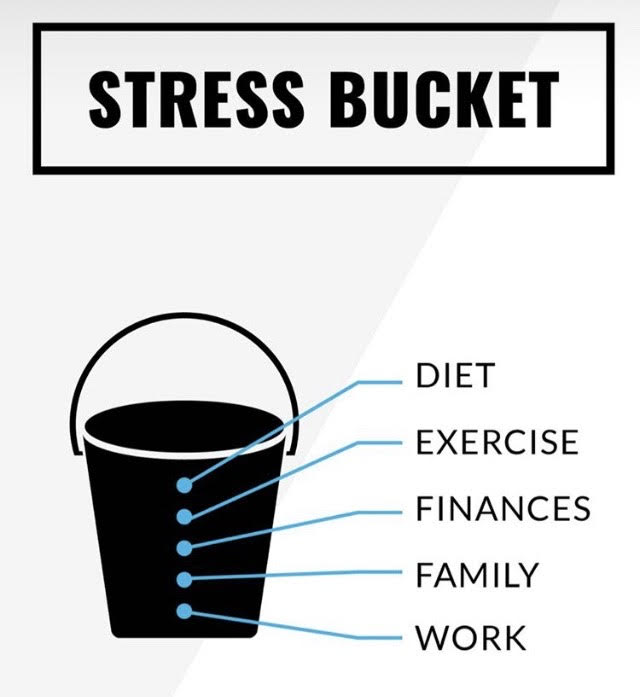Assessing PHYSIOLOGICAL LOAD (total current stress on the system) is a concept that was first taught to me by @paul.chek back in 2005 & is something that creates a big part of the basis for my intake forms starting with a new client.
When we think of stress, we often just think of an annoying friend, traffic or financial issues.
It goes much deeper than that.
Stress to anyone’s system is perceived or interpreted by key control systems of the body
- The limbic / Emotional
- Hormonal
- Visceral
- Nervous
- Musculoskeletal
- Plus a few key sub-systems

It is worth noting that each system requires an appropriate level of stress to maintain homeostasis. Not all stress is actually bad, what is bad is an amount of stress where the system can no longer maintain the balance that it is constantly trying to maintain.
The nervous system plays an important role here, all the stressors are funnelled together and processed by the nervous system to create an overall stress picture in the body.
The easiest way to picture this is by using the “stress bucket” analogy, the body wants a healthy level of stress continually flowing through the system, the problem is when those levels get to close to full or spill over.
This is when even, what we would all coin “good stress” like exercise at the wrong intensity duration or total volume actually starts becoming the “straw that broke the camel’s back” & symptoms in the key systems of the body above start to develop.
Pushing training hard is great & a lot of fun under the right circumstances, it just needs to be built on a foundation from which it can be maintained & recoverability for progress is possible. In this situation long lasting results are achieved with much less strain on the system.
In a post coming soon I will break the 6 different types of stress down further, share a few key areas that are often overlooked & how to make some basic lifestyle adjustments to optimise vitality & performance.

